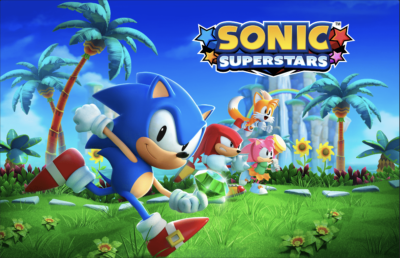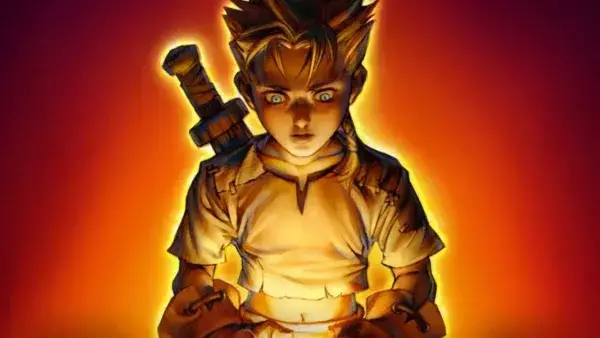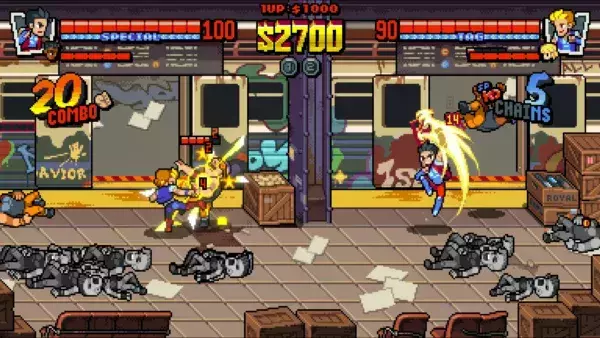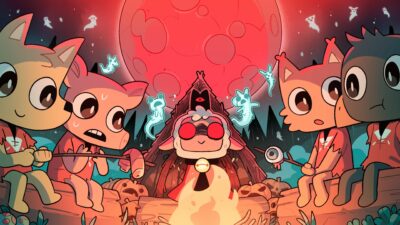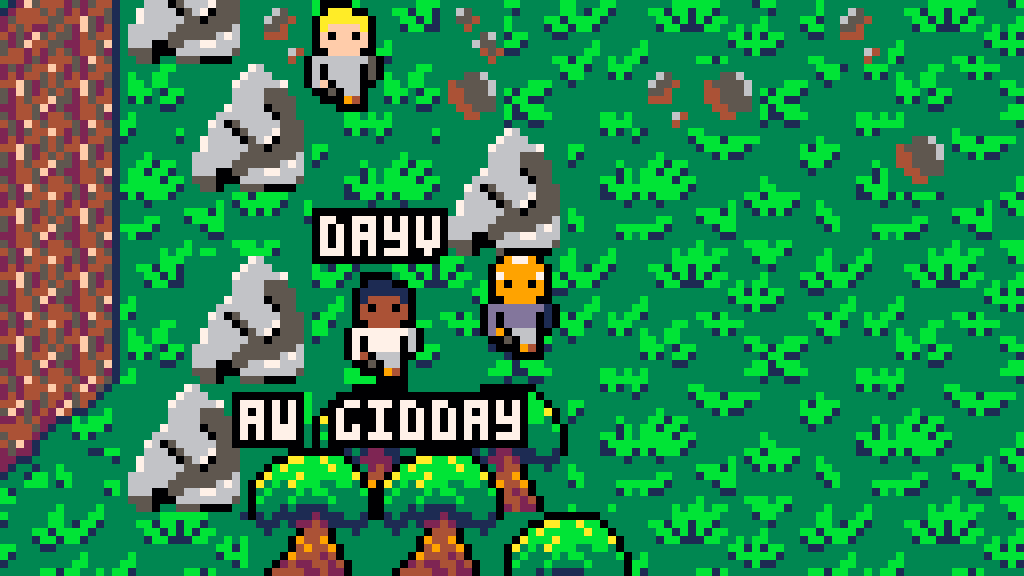
In September 2018, solo developer Nick Walton headed to YouTube to make a confession. “Making Notemon was a mistake,” he wrote in his video’s description, “but I’m committed to it.”
Nine months earlier, Walton had just begun work on his monster-catching RPG: a blocky, colourful, free-roaming game developed in the virtual console, PICO-8. But while Walton had made plenty of games before, Notemon quickly proved to be a more ambitious proposition: as well as monster management and exploration, it also contains such elements as combat, fishing, and quests. In other words, Notemon isn’t just one game, but several games, each woven carefully into the other. As work progressed, Walton gradually realised how much work all these elements would require.
“With my previous games, I basically picked one small thing to make the game about,” Walton tells us. “I think it would have been better if I’d broken Notemon down into pieces and made a small game about each part – a turn-based battling arena game, a game where you walk around talking with NPCs, a game where you collect items for quests. Then after I had that experience I’d be able to put it all together to create one great RPG.”

The once peaceful creatures that live around Nyoo Owtearowa have started acting strangely. It’s up to you to find out why – or you can ignore the mystery entirely, Walton says.
Despite the steep learning curve, Walton’s stuck with his Pokémon-like monster-catcher, which has evolved from a straight fan-game to something far more personal. Before he moved to Houston, Texas in 2015, Walton grew up in a small town in New Zealand, and Notemon is heavily informed by his home country’s culture. The action is largely set in a peaceful fantasy world called Nyoo Owtearowa, and its inhabitants’ dialogue is all written in a phonetic approximation of the New Zealand accent.
“Notemon doesn’t have any voice acting, but I still wanted a way to portray a New Zealand accent, as according to my headcanon that’s how the characters would speak,” Walton says. “The idea for writing phonetically just came to me by thinking a little about that problem, and after having some people read it, they all understood the words and pronounced them the way a New Zealander would, so I went with it!”
Down on the farm
Notemon also departs from Pokémon in other ways besides its dialect and setting. For one thing, players won’t have to fight monsters in order to capture them; instead, Walton says, “you build a barn and give them a home so they’ll join your team.” There are other changes, too, including stats that restore after a battle (“You don’t have to walk back to a recovery location halfway through a cave!”) and moves that can be changed as you level up, rather than being overwritten.
Notemon might look diminutive compared to the latest entries in the Pokémon series, but Walton remains intent on pushing the virtual console’s limitations as far as he can. There are 20 unique monsters to catch, an expansive game world with multiple locations spread over nine maps, and a non-linear story that the players can, Walton says, engage with or ignore as they see fit.
“If a player just decides to do the main objectives in the game, they’ll get a lot of gameplay out of it,” Walton says. “It’s up to the players how much they get out of Notemon – if all they want is to build the barn and completely ignore what’s going on in the world they can do that, too.”

”For me, PICO-8 is a cosy crucible, charming in its presentation yet forcing me to become a better programmer,” Walton says.
Fitting all those monsters and locations into PICO-8 has, Walton tells us, been one of the biggest challenges of making Notemon – though he also adds that fighting against the system’s limitations has been a valuable learning experience.
“I have a love-hate relationship with PICO-8,” says Walton, “but ultimately I think it has been very educational to me as a game designer and programmer. PICO-8 has a cartridge size of 32kB, and I chose to make Notemon with it so I’d be forced to decide what’s really important to the game and cut the rest. Within a very short time, I found myself hitting the code token limit without even having all the core features done, so I figured out a way to spread the game across (currently) 12 cartridges which all automatically load between each other when necessary.”
In summary, then, Walton no longer feels as though he’s made a mistake by embarking on
his deceptively complex top-down RPG project. “I’d say I’m over the hump,” Walton says, before listing some of the things he has planned for its release later in 2019: it’ll be available on Steam, Game Jolt and itch.io for Linux, Windows, and Mac as well as PICO-8, and there’ll be a free demo for would-be monster-catchers to try out, too.

Walton used PICO-8’s built-in sprite and map editors to create his characters and gentle fantasy world.
Aside from the appeal of catching and housing tiny, tiny monsters, it’s those personal touches mentioned above that really endear Notemon to us: the quirky NPCs that say things like, “Aw gidday” or, “My old bahn, shee’s prity bustid up aye!” For Walton, it’s these little cultural flourishes that can make an indie game truly unique.
“I think the more cultural variation we can have in games, the better,” Walton says. “My aim with Notemon was to make a great game, and happily I’ve found that including my New Zealand culture has only helped that goal.”
Tutorial mode
For Nick Walton, Notemon is the latest step in a hobby that’s been developing since he was a kid growing up in the quiet town of Feilding, New Zealand. Early experiments with GameMaker as a 10-year-old led to a lasting interest in development. “My friends all dropped off game dev, but I kept on with it as a hobby, learning C++ and other languages, trying some game engines and whatnot,” Walton says. Along the way, he’s found online tutorials an invaluable – and often free – means of learning more about making games. Says Walton, “I learned everything I know through experimentation and free online tutorials, which is why I’ve just started making my own tutorials to pass on some knowledge.” You can find Walton’s own YouTube channel
You can find out more about Notemon on Croaking Kero’s website.


